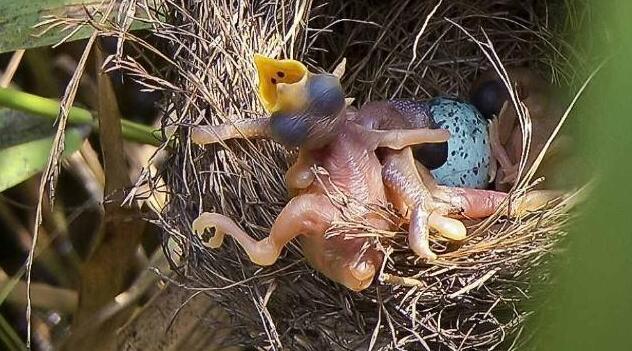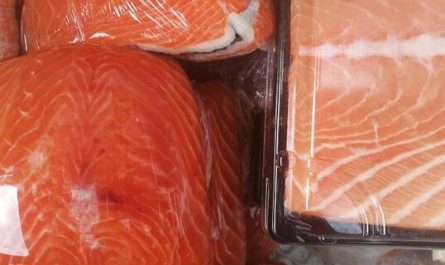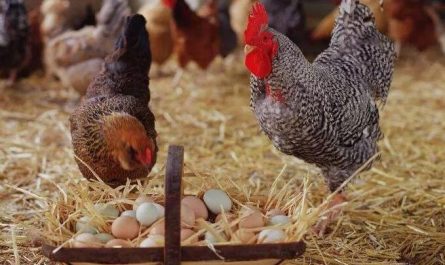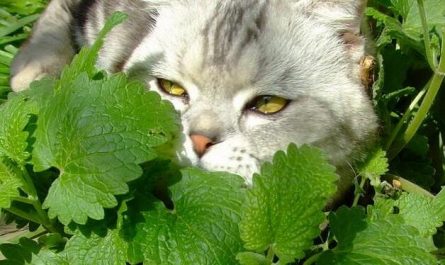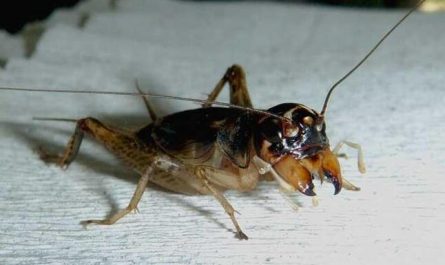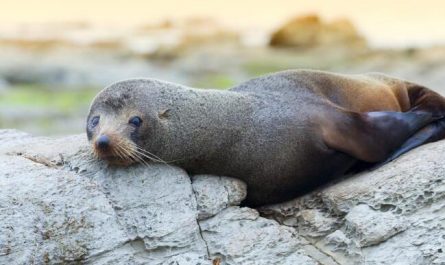Reasons why cuckoos don’t hatch their eggs
The method of cuckoo breeding
Some birds do not build their own nests, incubate eggs, or brood, but rely on other birds to complete the task of breeding offspring. Rhododendrons are a typical representative. The cuckoo will seize the opportunity to pick up the eggs in the nest of other birds such as reed warbler, thrush, shrike, and lay its own egg in the nest, allowing other birds to hatch.
After hatching, the unsuspecting mother bird, out of the instinct of brooding, will tirelessly feed the cuckoo chicks until the chicks grow larger than their own bodies. Why does the cuckoo lay its eggs in the nests of other birds?
Birds lay their eggs in other birds’ nests, and other birds take care of them. This behavior is called nest parasitism. How the nest parasitism evolved is still unknown, but the cuckoo has obviously gained a lot of benefits from the nest parasitism.
First of all, I don’t need to build nests, hatch and brood, which saves a lot of energy and can lay more eggs. Studies have shown that female cuckoos parasitize more than 10 eggs in different nests each year from March to July.
Secondly, eggs that are parasitic in other nests have a higher reproductive success rate. Rhododendrons generally only parasitize one of their own eggs in a bird’s nest. Because the eggs of cuckoos have a short incubation period, they are often the first to hatch. Out of instinct, cuckoo chicks will push out the eggs and young chicks of the parent birds in the same nest, leaving the parent birds to raise themselves alone, so that they can get more food and have a higher survival rate.
On the other hand, parasitism in multiple nests also avoids the risk of “put all the eggs in the same basket” as the saying goes. At least one of the young birds can leave the nest alive to ensure the reproduction of the race.
Morphological characteristics of cuckoo
The entire upper body of the adult bird is slate and black, with brighter feathers on the waist and tail; the tail feathers are brown and black with white tip spots, and there are a pair of connected but not aligned white spots along the shaft of the feather. These white spots are on the outer tail feathers. It is larger in shape and connected into horizontal spots, and there is often a row of white jagged spots on the feather edge
The wing surface is dark brown, with a slight green luster, the feathers of the flight feathers are dark brown, and the outer primary flight feathers have a row of white horizontal spots; the wing margins are white with brown horizontal spots. The side of the head and the chin, throat to the upper chest are light gray; the rest of the lower body includes white, irregular and narrow (approximately 2 mm in width on the abdomen) dark brown horizontal Spots, the horizontal spots of the undertail cover are the thickest, and the distance is the widest.
The upper body of the young bird (June) is slightly browner than that of the adult bird; the head, neck and wings are decorated with brown or white horizontal spots. From the lower chin to the upper chest, it is stained with brown, and the abdomen transverse spots spread to the upper chest. The rest are like adults.
Liver-colored female bird The upper body is dark brown and maroon; the lower body is brown to the upper chest; the rest is like an adult bird.
The iris is khaki; the mouth is dark brown, the base and corners of the mouth are almost yellow; the feet are yellow, and the claws are yellowish brown.
